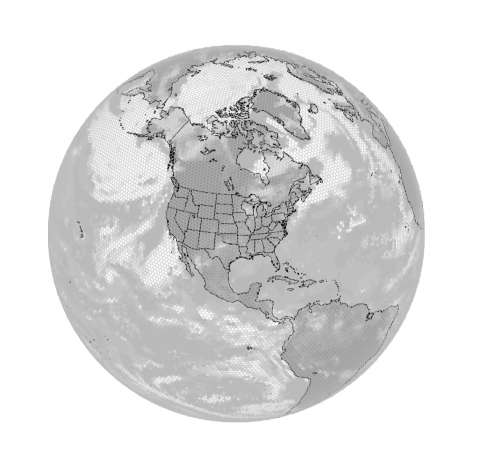Category
Description
Comprehensive assessment of climate datasets created by statistical or dynamical models is important for effectively communicating model projection and associated uncertainty to stakeholders and decision-makers. The Department of Energy FACETS project aims to foster such communication through development of metrics and their demonstration on a hierarchy of downscaled climate datasets to quantify aspects of climate change projections that are credible, particularly for supporting decisions related to the energy-water-land nexus. As a part of this effort, we have produced a regional climate dataset using the Model for Prediction Across Scales coupled to the Community Atmosphere Model (CAM-MPAS). This global modeling framework is configured with variable-resolution meshes featuring higher resolutions over North America, as well as quasi-uniform resolution meshes across the globe. The variable-resolution configurations allow fine-scale features to be better resolved inside the refinement and interact with global-scale circulations. The dataset includes multiple uniform- (240km and 120km) and variable-resolution (200-50km, 100-25km, and 46-12km) simulations that are designed to be compatible with other regional climate simulations that contribute to the hierarchy of downscaled climate datasets of the project. Furthermore, the dataset consists of simulations for both the present-day (1989-2010) and future (2079-2100) climate and post-processing of the model output has been coordinated across the project for consistency to facilitate common analysis across the hierarchy of datasets. Altogether, this CAM-MPAS model dataset provides a unique opportunity to assess the influence of resolutions and modeling framework on model credibility and climate change projection.






